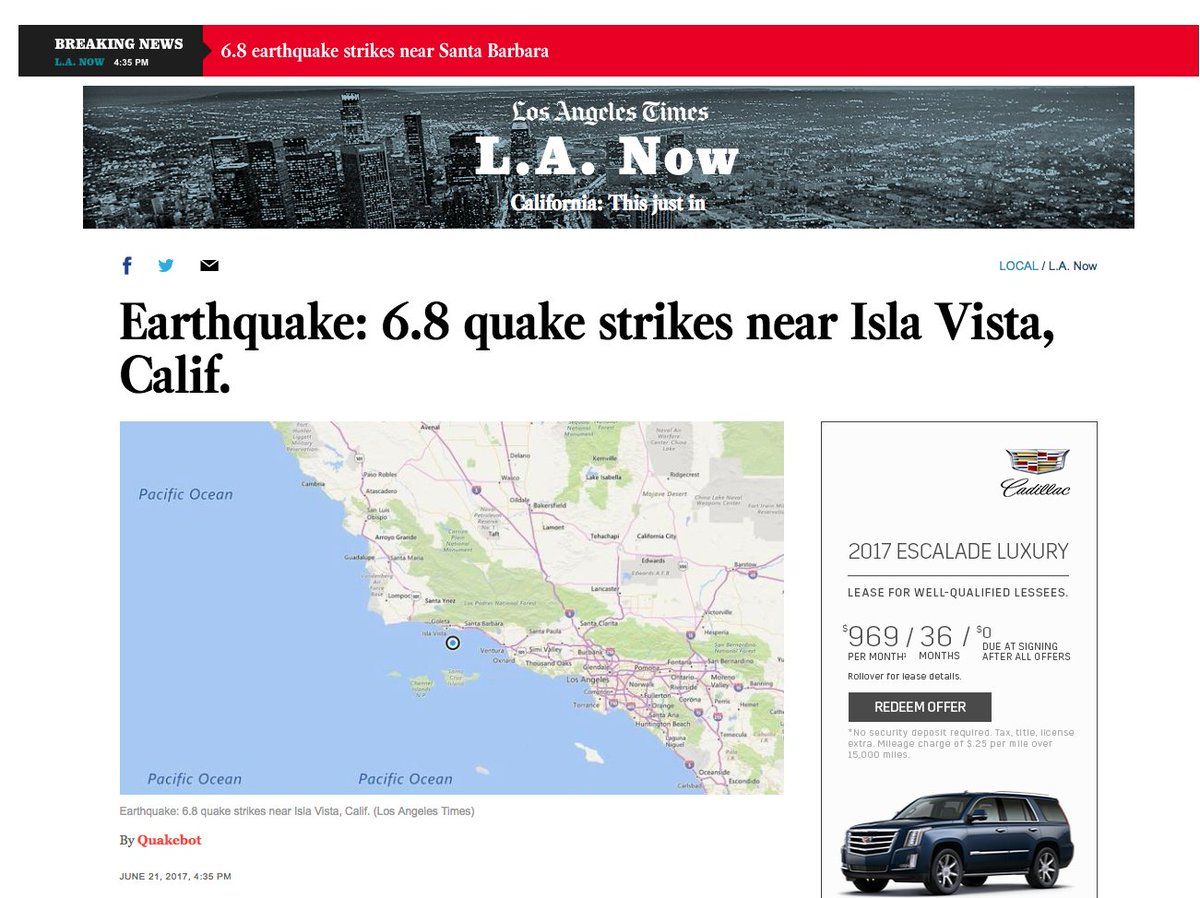The Scale Trap
Journalism's obsession with scale was a dead end. The future belongs to newsrooms that measure relationships, not just reach.
Artificial intelligence (AI) is playing an increasingly vital role in streamlining processes and enhancing the quality of content.

Artificial intelligence (AI) is playing an increasingly vital role in streamlining processes and enhancing the quality of content. As we continue our series on "The AI Newsroom Revolution," this article aims to identify some of the key AI tools and technologies that can help newsrooms stay ahead of the curve. These include Natural Language Processing (NLP), Machine Learning (ML), computer vision and image recognition, automated content generation, and AI-driven analytics and insights.
Natural Language Processing (NLP) is a subfield of AI that focuses on enabling computers to understand, interpret, and generate human language. NLP has several applications in journalism, including:
Sentiment analysis: This technique involves analyzing text to determine the sentiment expressed within it. Newsrooms can use sentiment analysis to gauge public opinion on various topics and inform their editorial decisions.
Text summarization: NLP algorithms can automatically generate concise summaries of lengthy articles, making it easier for readers to quickly grasp the main points of a story.
Named entity recognition: This NLP technique identifies and categorizes entities (such as names, organizations, and locations) mentioned in a text. This can help journalists find relevant information more efficiently and improve the accuracy of their reporting.
Topic modeling: NLP can be used to identify the most relevant topics and themes within a large corpus of text, aiding in content discovery and organization.
Machine Learning (ML), a subset of AI, involves algorithms that can learn from and make predictions based on data. ML has become increasingly important in newsrooms for tasks such as:
Predictive analytics: ML algorithms can analyze historical data to predict future trends, which can inform newsroom strategies and help journalists stay ahead of breaking news.
Content recommendation: By analyzing user behavior and preferences, ML-powered recommendation engines can suggest personalized content for readers, driving engagement and loyalty.

Automated tagging and categorization: ML models can automatically assign relevant tags and categories to articles, streamlining the organization and searchability of content.
Anomaly detection: By identifying unusual patterns in data, ML algorithms can help journalists uncover potential stories that may have otherwise gone unnoticed.
Computer vision, another AI domain, focuses on enabling computers to interpret and understand visual information. Image recognition, a subset of computer vision, involves identifying objects, people, and scenes in images. Some applications of computer vision and image recognition in newsrooms include:
Image verification: AI-powered tools can help journalists determine the authenticity of images, identifying potential instances of manipulation or misattribution.

Automated image captioning: Computer vision algorithms can generate descriptive captions for images, saving time for journalists and ensuring consistency in content.
Visual content analysis: By analyzing visual elements, AI can help newsrooms identify trends and patterns in visual storytelling, informing their editorial strategies.
Facial recognition: This technology can be used to identify individuals in images, aiding journalists in their research and reporting.
AI-driven content generation tools are becoming increasingly popular in newsrooms, as they can help automate the creation of certain types of content, such as:
News summaries: AI algorithms can generate concise summaries of news articles, enabling readers to quickly grasp the key points of a story.

Data-driven stories: AI tools can automatically generate articles based on structured data, such as financial reports or sports scores, freeing up journalists to focus on more in-depth reporting.
Template-based content: For content that follows a specific format or structure, AI can generate articles by filling in predefined templates with relevant information. This can be particularly useful for creating event previews, recaps, or weather reports.
Social media updates: AI-driven tools can help newsrooms create and schedule social media posts, ensuring timely and consistent updates across various platforms.
Harnessing the power of AI-driven analytics and insights can help newsrooms make more informed decisions and optimize their content strategies. Some applications include:
Audience segmentation: AI can analyze user data to identify distinct audience segments, enabling newsrooms to tailor their content strategies to better serve their readers.
Content performance analysis: By tracking various metrics, AI-powered analytics tools can help newsrooms understand how their content is performing and identify areas for improvement.
Trend analysis: AI can uncover emerging trends and patterns in topics, keywords, and audience engagement, guiding newsroom strategies and helping journalists stay ahead of the curve.
Predictive analytics: As mentioned earlier, AI-driven tools can analyze historical data to make predictions about future trends and events, which can inform newsroom planning and decision-making.
By embracing AI tools and technologies, newsrooms can revolutionize the way they operate, enhancing efficiency, accuracy, and audience engagement. It is important to remember that these tools are not intended to replace human journalists but rather to complement their work and empower them to excel in their craft.